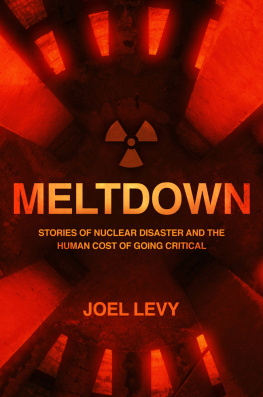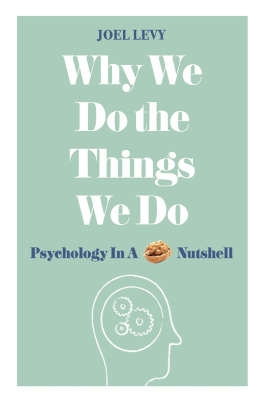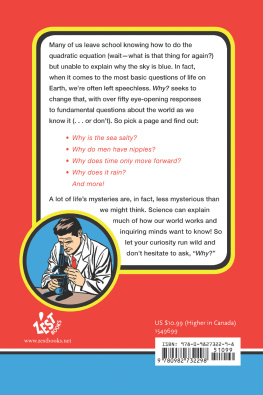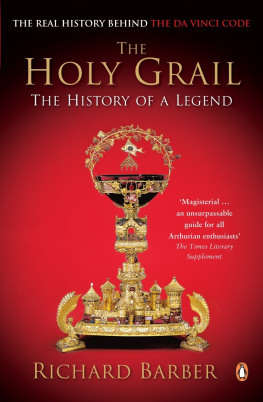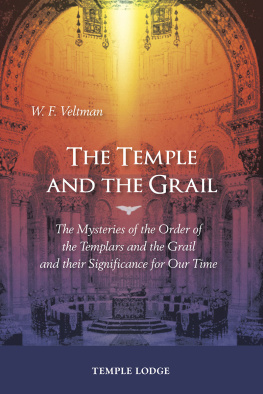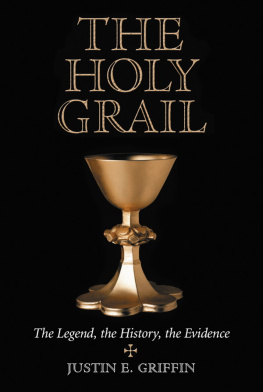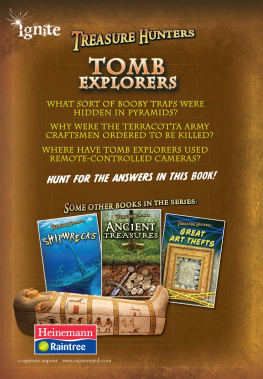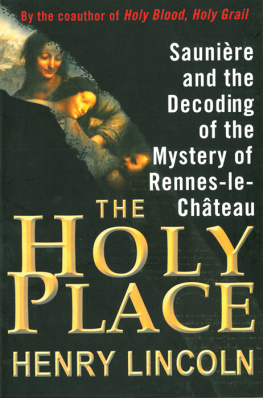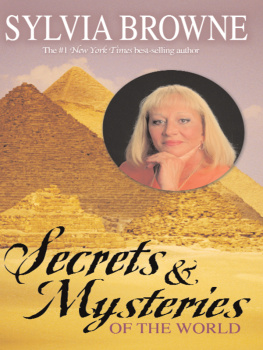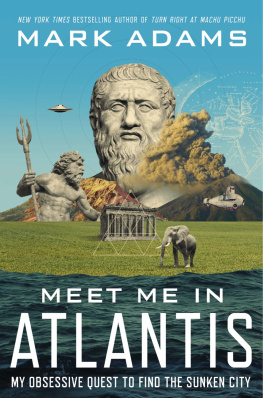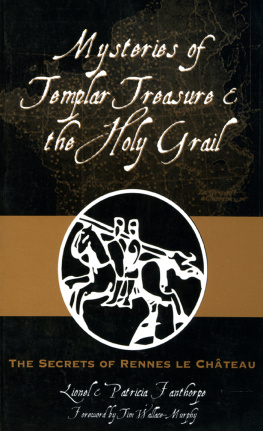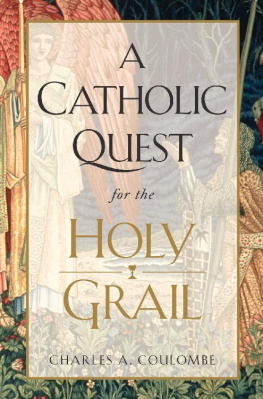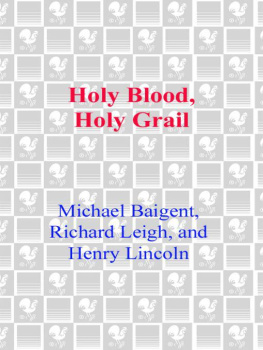LOST HISTORIES
Exploring the World's Most Famous Mysteries
Joel Levy

First published in 2006 by Vision Paperbacks,
a division of Satin Publications Ltd
101 Southwark Street
London SE1 0JF
UK
www.visionpaperbacks.co.uk
Publisher: Sheena Dewan
Joel Levy 2006
The right of Joel Levy to be identified as the author of the work has been asserted by him in accordance with the Copyright, Designs and Patents Act of 1988.
All rights reserved. No part of this publication may be reproduced, stored in a retrieval system, or transmitted in any form or by any means, electronic, mechanical, photocopying, recording or otherwise, without prior written permission of the publisher.
A catalogue record for this book is available from the British Library.
eISBN 978-84839-319-6
Cover photo: The Image Bank/Getty Images
Cover design by ok?design
This eBook edition by Summersdale Publishers Ltd.
For the Hooper-Hodson family, especially Audrey Hooper
Contents
Acknowledgements
Introduction
1. Lost Places
Atlantis
The Temple of Solomon
The Library of Alexandria
Camelot
El Dorado
2. Lost Artefacts, Works and Relics
The Ark of the Covenant
The lost Dialogues of Aristotle
The Holy Grail
Shakespeare's lost plays
3. Lost Treasure
The treasure of the Dead Sea scrolls
King John's jewels
The treasure of the Knights Templar
Montezuma's hoard
Captain Kidd's buried treasure
The Oak Island Money Pit
4. Lost People
The lost army of Cambyses
Boudicca's grave
The tomb of Genghis Khan
The Lost Colony of Roanoke
Amelia Earhart's last flight
5. Lost Wrecks
The Persian invasion fleets
The White Ship
Treasure galleons of the 1715 plate fleet
The Franklin expedition
References
About the Author
Acknowledgements
Thanks to Louise, Charlotte, Sheena and everyone at Vision.
Introduction
In an average history book most people, places and things can be located. We know where they happened, where they were buried, where they now lie, where you can see them if they have survived. Inevitably, however, many have got lost in history: concealed beneath the dust, vanished below the waves, hidden by fading memory and competing legends. What is left are mysteries.
Everyone loves a good mystery. So much the better if the mystery is real if it concerns real people or places, or things that really happened. Today it is increasingly hard to know whether the mystery you are being peddled is genuine or simply a house of cards; a pile of baseless speculations heaped upon misreported facts and reified fictions. To some extent history has always been a story, a narrative woven from selected events and selective interpretations, but too much of it is now more like a trashy potboiler. Ideally much of this airport novel style history would be clearly distinguished and labelled as 'pseudohistory', or at least 'alternative history', but this rarely happens. What is needed, in the words of historian Kevin McClure, is a campaign for real history.
I wouldn't necessarily claim that this book is part of that campaign, but it does attempt to treat historical mysteries without resorting to the pitfalls and clichs of pseudohistory. In fact my initial aim was to cover only topics that fell within the (admittedly arbitrary) remit of 'real history' ie events that 'really' happened and people, places and things that genuinely existed but that was never a realistic goal. Firstly, any book on things that are missing in history must at least consider tackling the 300-pound gorillas of the field popular subjects such as the Holy Grail and the Ark of the Covenant, or topics du jour such as the treasure of the Knights Templar. Secondly, there is of course no clear dividing line between legend and history, as many of the articles in this book clearly demonstrate.
Instead what I have tried to do is look at evidence from the mainstream and outside it and consider the plausibility of competing claims and interpretations, to arrive at balanced conclusions about where things might be and whether they still exist or ever did. Each article explains the nature of the histor ical mystery, and in particular the popular conception of the subject versus the reality, looks at the background, discusses what might remain to be found, examines the efforts that have already been made and assesses the evidence to suggest the most likely solution to the mystery. Each topic is fascinating in its own right, and there is something here for everyone, from the high adventure of the quest for the Holy Grail to the more intellectual pursuit of the true identity of Shakespeare's lost plays.
Most excitingly, some of these mysteries may lend themselves, at least in part, to investigation and solution by dedicated amateurs or even pure dumb luck it's always possible that you yourself could stumble upon a buried treasure or happen across a long-forgotten grave. If this should happen, though, remember that the true value of any such find is historical and not material, and that this value can only be preserved through expert, professional investigation/excavation, so make sure you call in the authorities before digging for glory.
Lost Places
From the Victorian period onwards our era has seen the end of geographical uncertainty; the blank spots on the map have been filled in. Perhaps this accounts for the growth of interest in lost lands, cities and monuments, an enthusiasm that also dates back to Victorian times. As explorers brought back news of cyclopean ruins of cities and temples in the jungles of Central America and South-East Asia, so the romance of the 'lost place' gripped the popular imagination. Legends of such places have been a feature of all cultures throughout history, but when so much of the world was unknown they might have seemed more undiscovered than lost. Such mysteries are most fascinating when there appears to be nowhere left for them to hide, yet they guard their secrets still. This chapter looks at some of the most enduring and fascinating lost places, from the probably mythical Atlantis to the historically certain the Library of Alexandria and seeks to show that there is more to each mystery than you may suspect.
Atlantis
The archetypal lost land, Atlantis has been located everywhere from Ireland to Antarctica. Its mystery has grown throughout the years, arguably out of all proportion to the actual evidence for its existence, as it has developed into a touchstone of the New Age movement, a key element of the alternative history mythos and an ur-homeland for racist fantasists. So what is Atlantis? The legendary remnant of a genuinely important prehistoric civilisation? A harmless fiction for fantasy novelists? A philosophical conceit for dreamers? Or fuel for dangerous bigotry? And if it really did exist, where was it?
Plato's Atlantis
The original and earliest source for Atlantis is the work of the ancient Greek philosopher Plato (c427347 BCE). His dialogues


